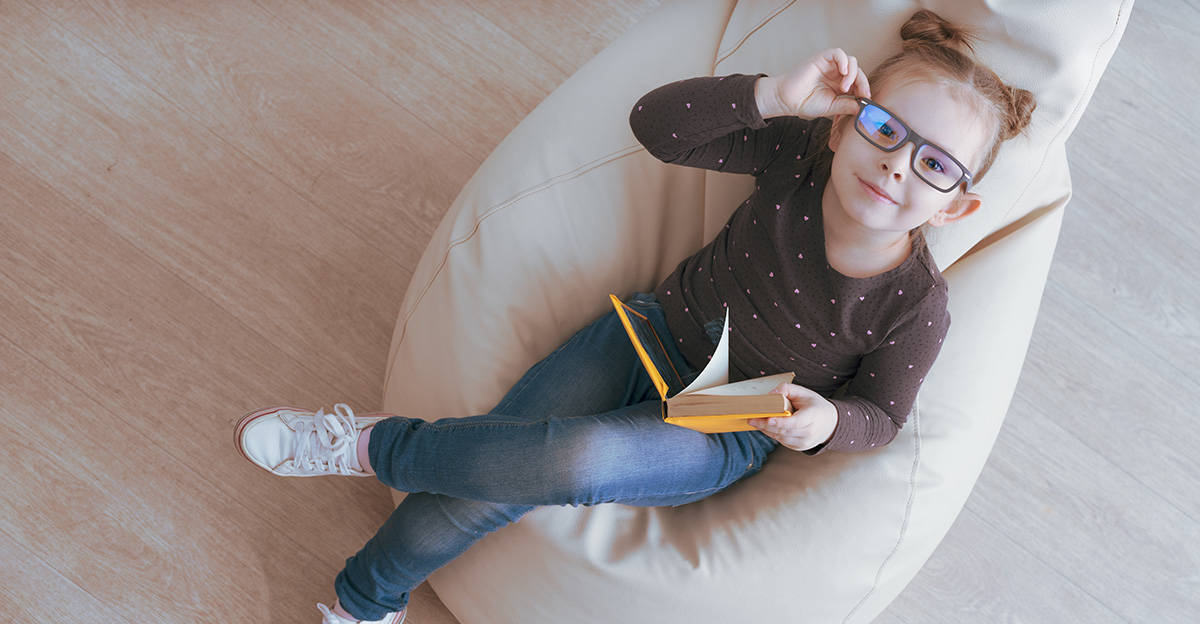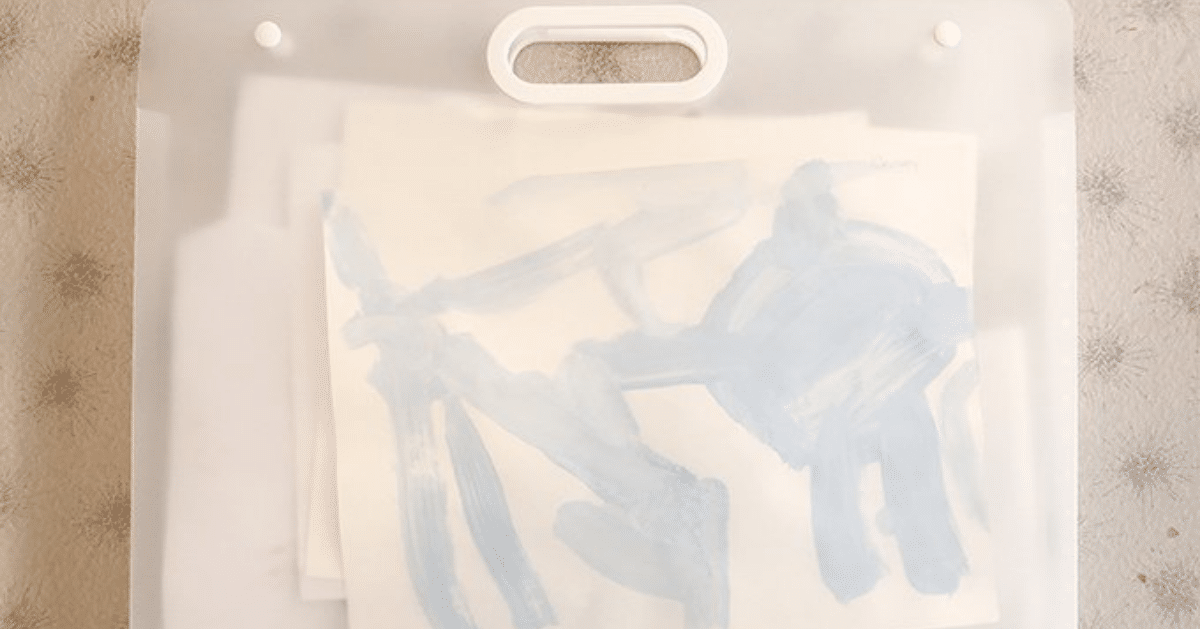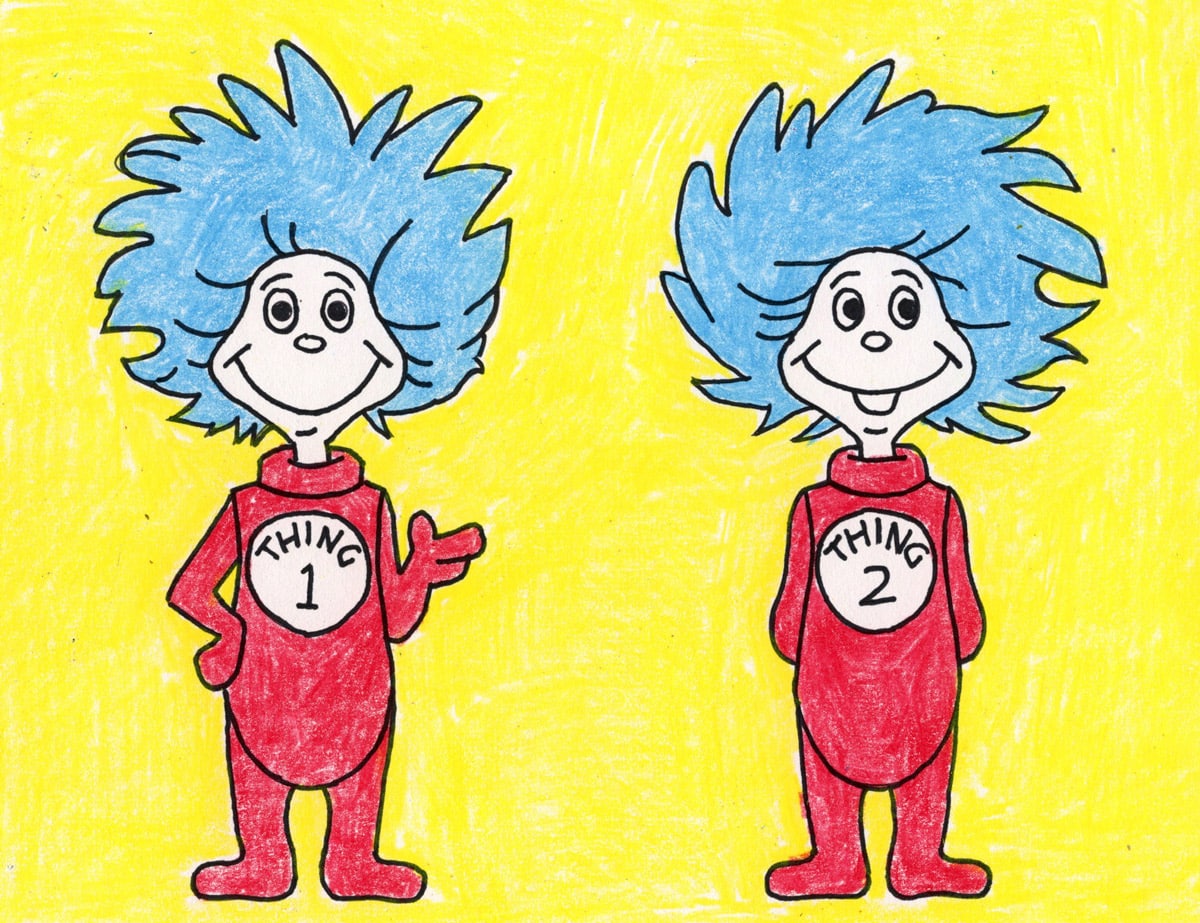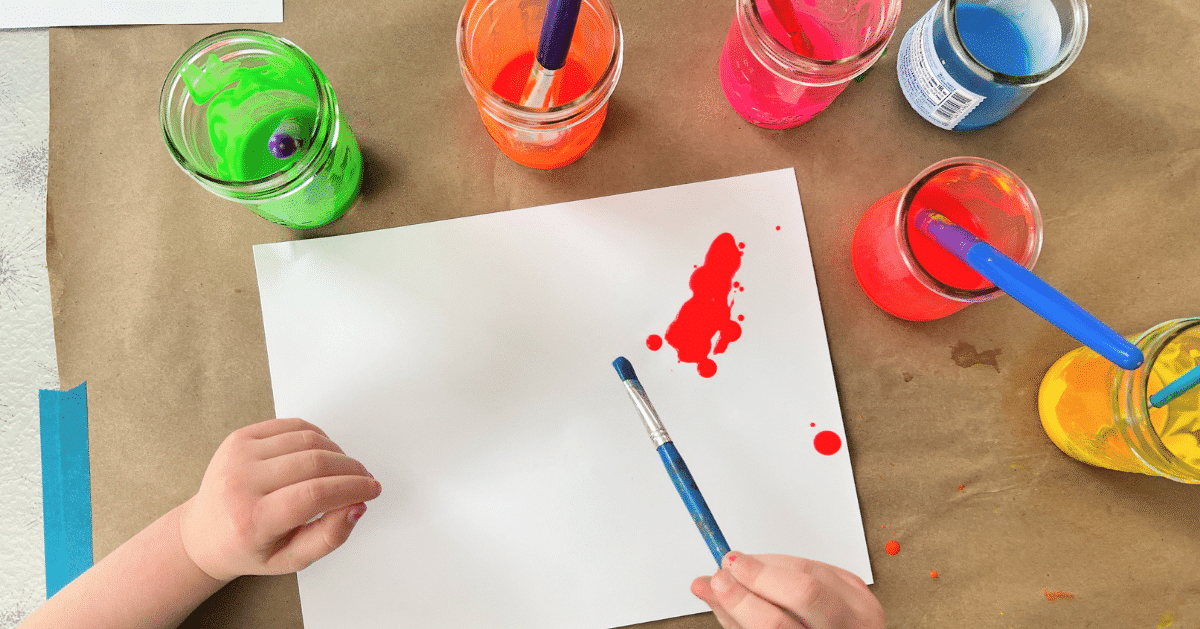
Reading has been shown to increase academic knowledge and improve student performance across all content areas, specifically in comprehension and vocabulary skills. Outside of academic performance and growth, students who have access to books develop a more positive outlook on reading and learning. Other positive effects include improved concentration, memory, sleep. For these reasons and more, the presence of high-quality, engaging, and accessible books within a classroom is critical. Unfortunately, many homes, communities, schools, and classrooms lack the quantity and quality of books needed to benefit the children within these environments.
Books provide the tools needed to create readers. Every classroom, regardless of grade level and the content area being taught, should have a diverse selection of high-quality literature available for students. As educators we play an important role in exposing students to a large variety of literature. But what does that mean? What does it look like in the classroom? How do we create a classroom library that will meet student needs?
Step 1: Know Your Students
You may ask, why is a classroom library in every classroom important? To create a successful classroom library, an educator has to first understand why a classroom library is important and how it can help their students achieve. A broad range of literature that includes different reading levels, content, and genres allows for accessibility and creates a foundation for successful learning. A great classroom library results in the following:
• Higher student academic performance in all content areas
• Collaboration, including listening and speaking
• The application of higher-level thinking
• Increased student engagement and interest in learning
• New vocabulary acquisition
• Development of social skills, such as empathy
• Equity and inclusion
• Promotes self-motivation
• Creates informed citizenry
Also Read : 10 Writing Prompts to Create Your Dharma Talk and Inspire Your Next Themed Yoga Class
A diverse range of literature allows students to connect with varied texts through personal experiences and backgrounds, providing the means to generate new understanding and knowledge while reading. Your classroom library should reflect your students, their interests, their backgrounds, and their reading levels. A library that students can connect to encourages students to engage with the reading materials available and allows for students to benefit academically.
Step 2: BOOKS!
So what makes a great classroom library? It needs high-quality books that are varied, interesting, and engaging while also being in good condition, books with covers that pique student’s curiosity, and new material added each year. To meet this demand, research has shown that teachers should aim to have at least 300 to 600 books available to students in each classroom, regardless of grade level or the content area being taught. To begin a classroom library, the goal should be to start with at least 7 books per student. Following the first year of implementation, the goal should be to add at least 2 more books to the assortment for each subsequent school year.
Step 3: Creating the Reading Environment
A classroom that values literacy is a print-rich environment filled with words designed to promote reading, writing, speaking, and listening through the materials and activities that are consistently available to students. Books are a key feature within this environment, but some other important components allow for the classroom to be a comfortable and inviting area designed for reading. Key reading environment components include:
Flooring
Soft Seating
Organization
Reading Tools
Individual &
Collaborative Tools
Student Reading &
Writing Journals
We know that readers learn to read by reading. Lifelong readers are lifelong learners. Reading gives us understanding about our world and power and control within our lives. So developing a culture of accessible, high-quality literature allows students to become lifelong learners. This is done through engaging reading experiences that include consistent reading, and conversations about what students have learned from their books. Books and reading are transformative, promoting academic and overall success and well-being, and creating literate adults that become engaged and productive citizens. Educators must value books and model an excitement and interest in reading, and creating an amazing classroom library is a wonderful first step!
Read More on Reading & Literacy
Laura Hill
Laura has served within the field of education for 16 years as a classroom teacher, specialist, assistant principal, and principal. She is certified as an educator in the areas of EC-12 Principal, EC-8 Generalist, 8-12 English Language Arts, Reading, and Social Studies, EC-12 Special Education, EC-12 Gifted and Talented, and EC-12 English as a Second Language. Her school experience varies to include work with students in prekindergarten through 12th grade, both in Texas and Europe, and within communities that were each uniquely diverse in terms of their demographics, size, and campus needs. While serving in these roles she developed expertise in the areas of curriculum and instruction, professional development, and leadership.
Read more by Laura Hill–>





